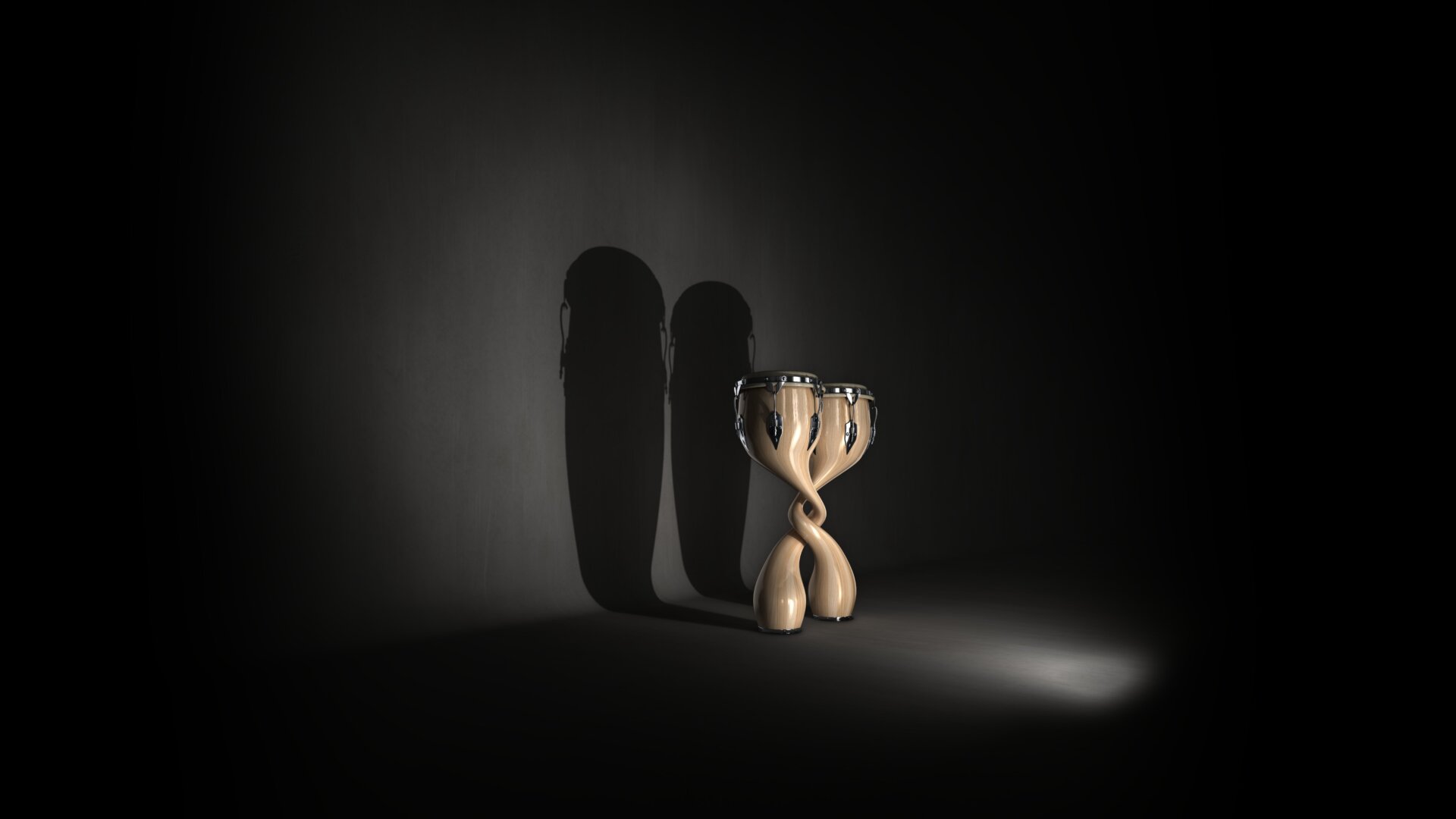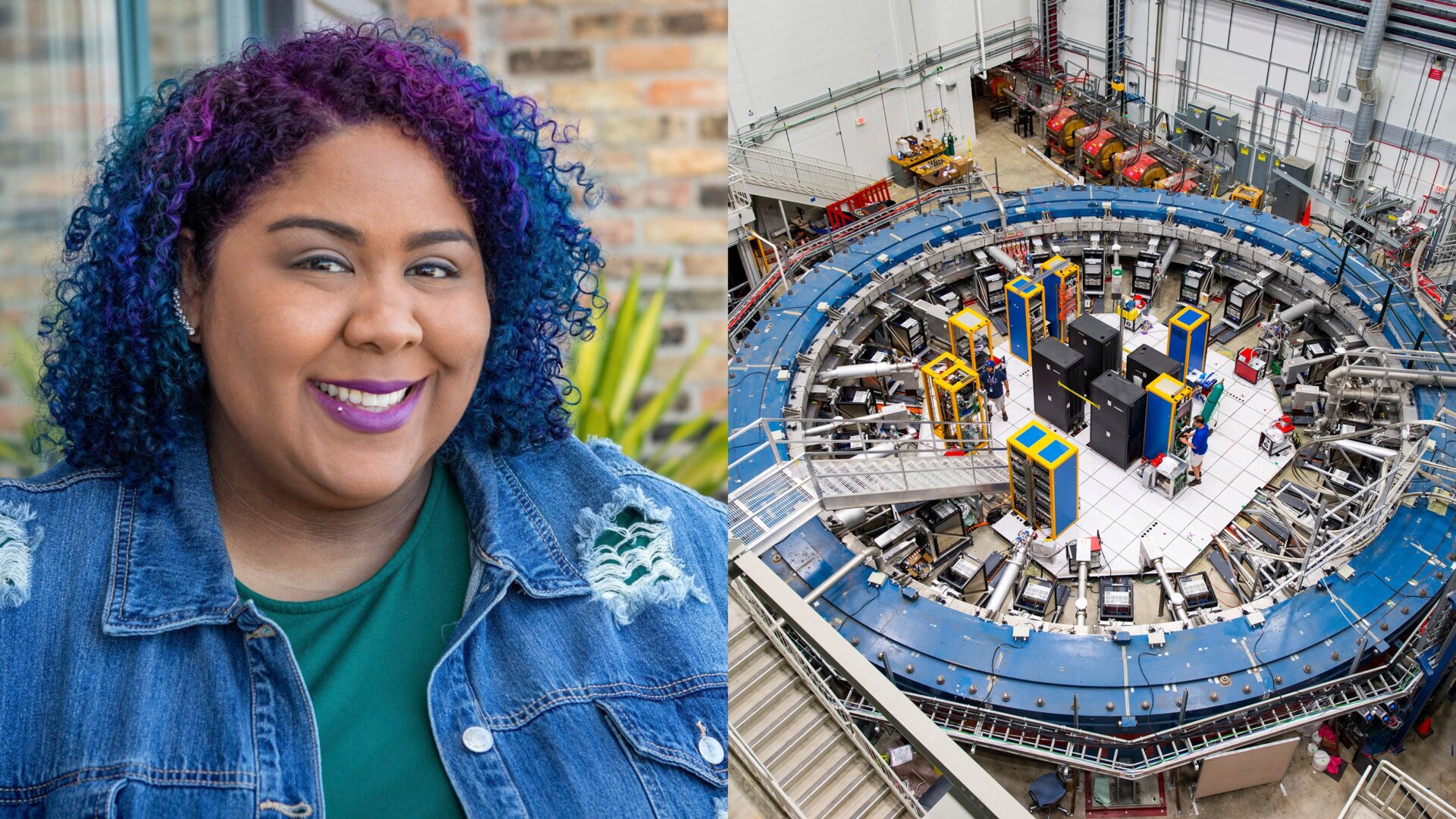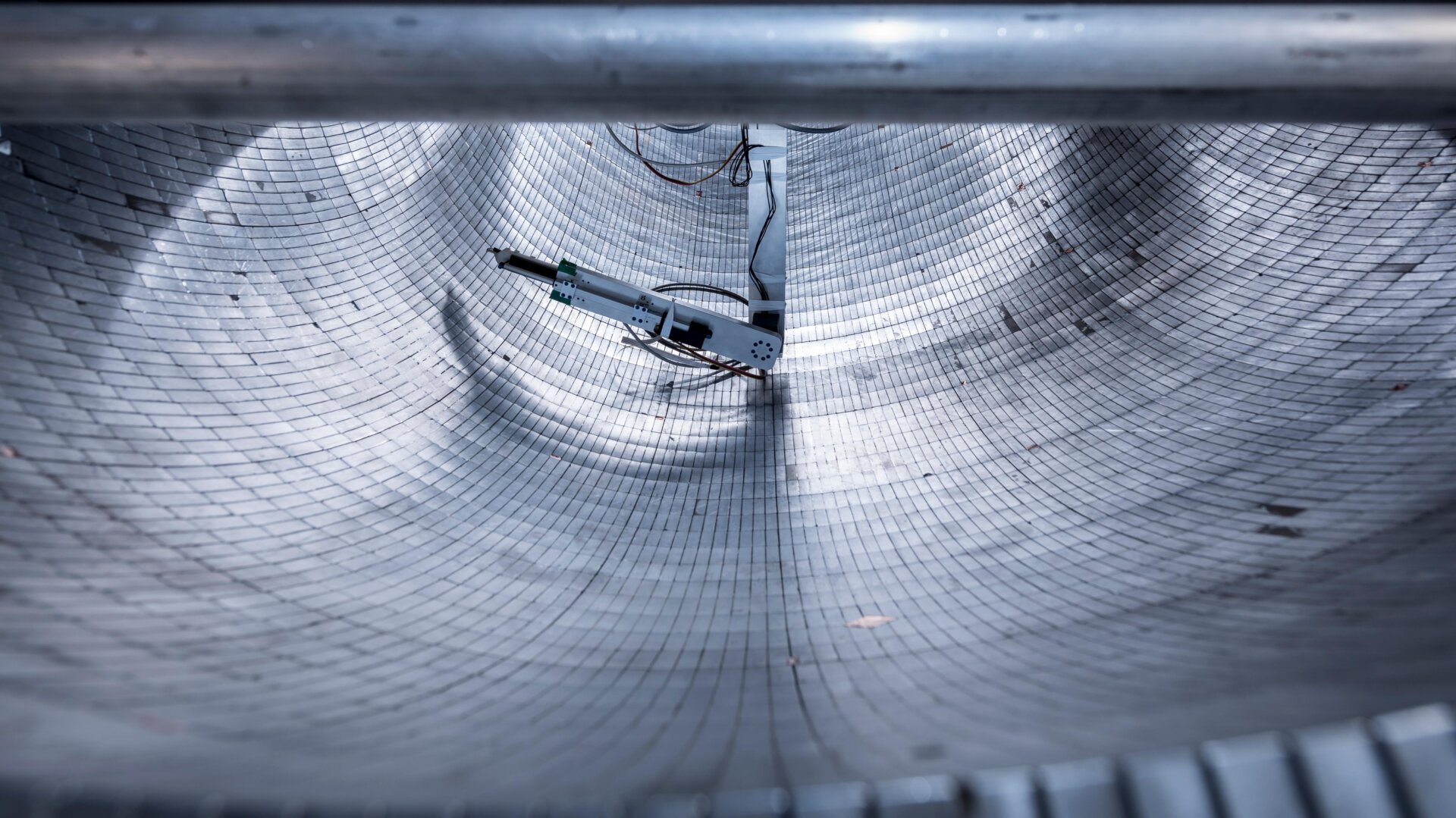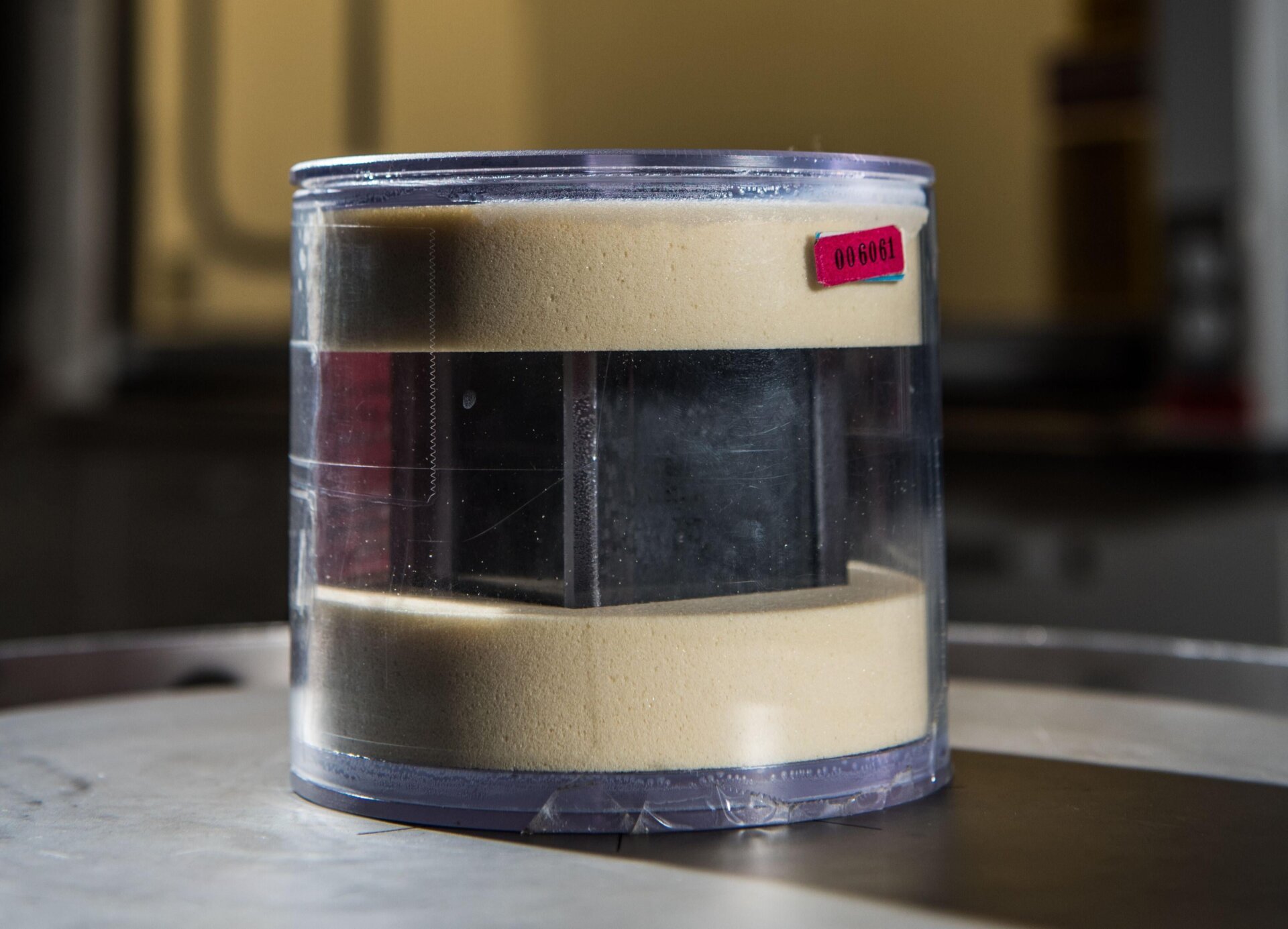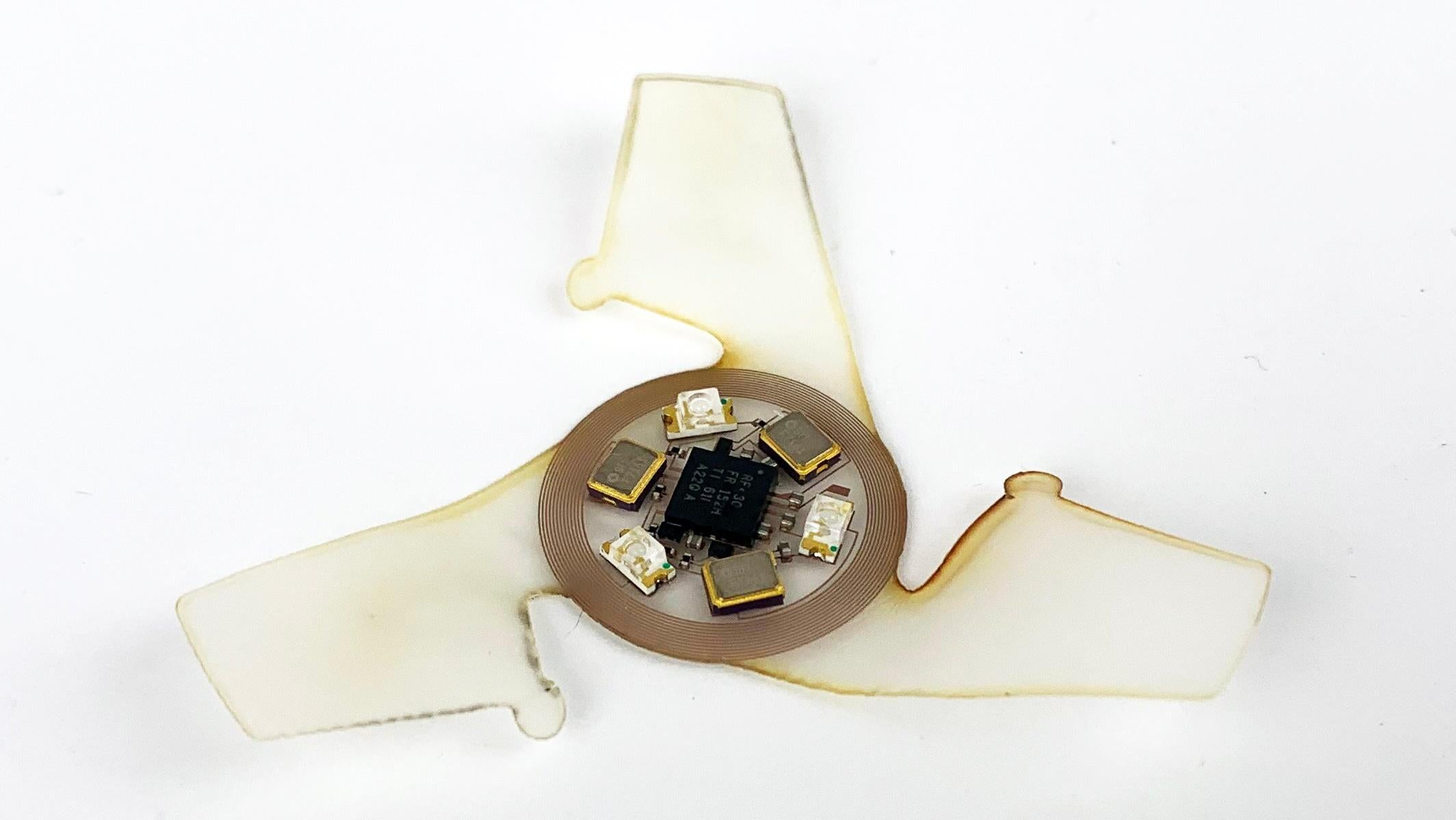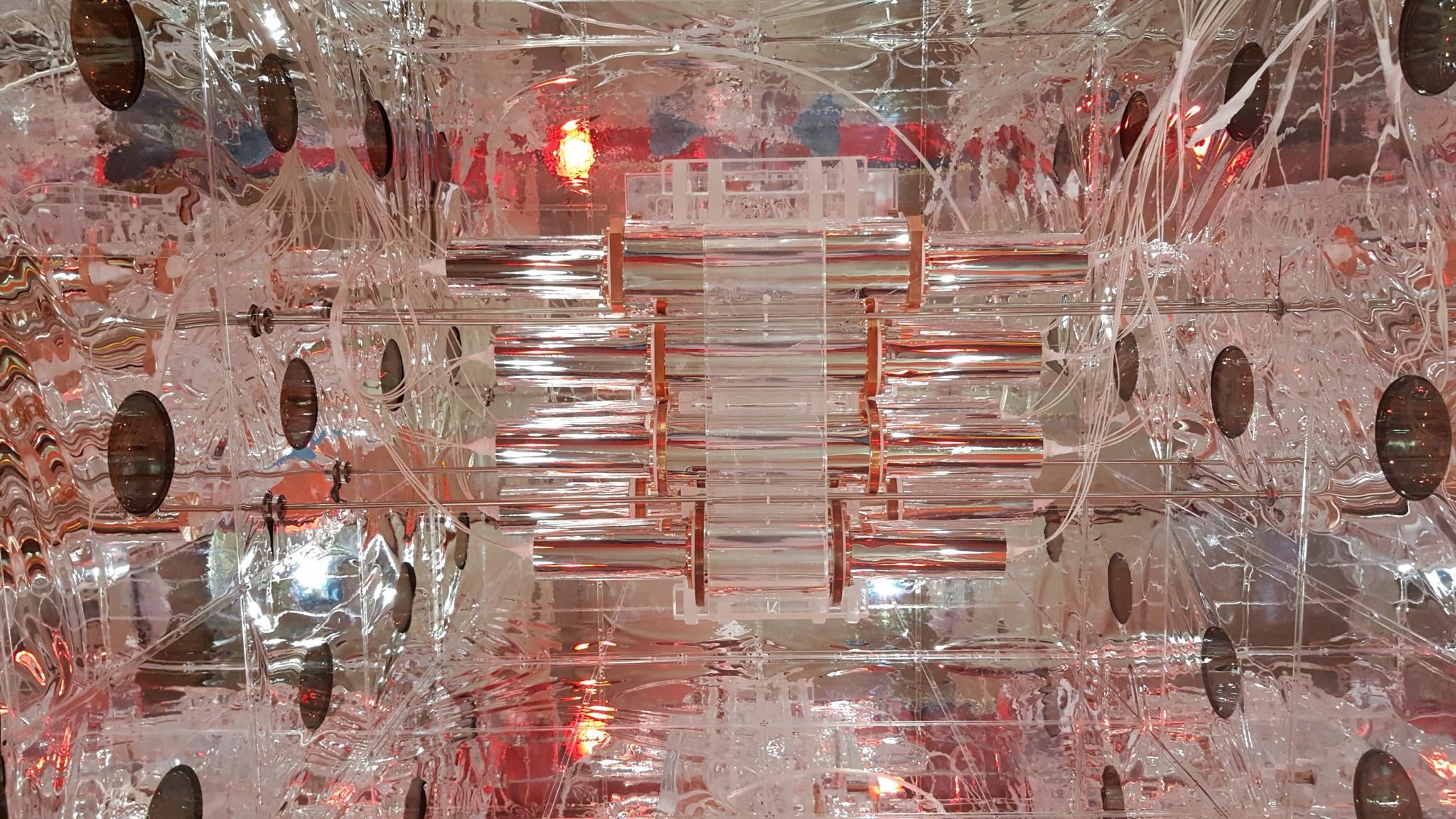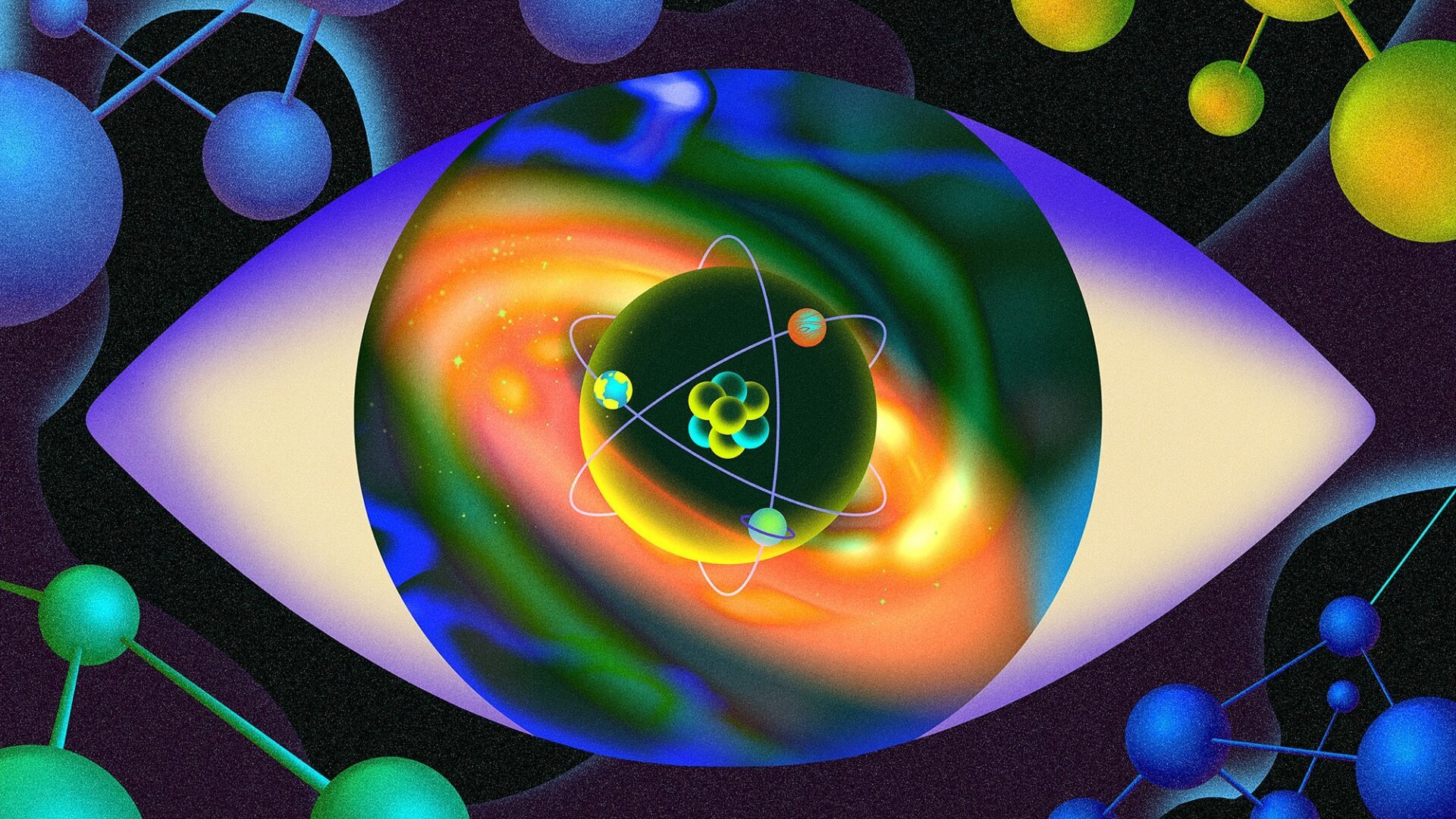Quantum entanglement, a phenomenon that once puzzled Einstein, has been harnessed to synchronize the vibrations of two microscopic drums, each the width of a human hair. This groundbreaking achievement, detailed in a recent Science publication, opens up exciting possibilities for advancing quantum computing technologies.
The research team, led by physicist Shlomi Kotler at the National Institute of Standards and Technology (NIST), achieved a level of precision far exceeding anything achievable with classical instruments. Using microwave light to induce vibrations in the aluminum drums, the team observed the drum surfaces moving in perfect unison, albeit in opposite directions, like a quantum seesaw. This synchronized motion, a manifestation of quantum entanglement, effectively makes the two separate drums behave as a single entity.
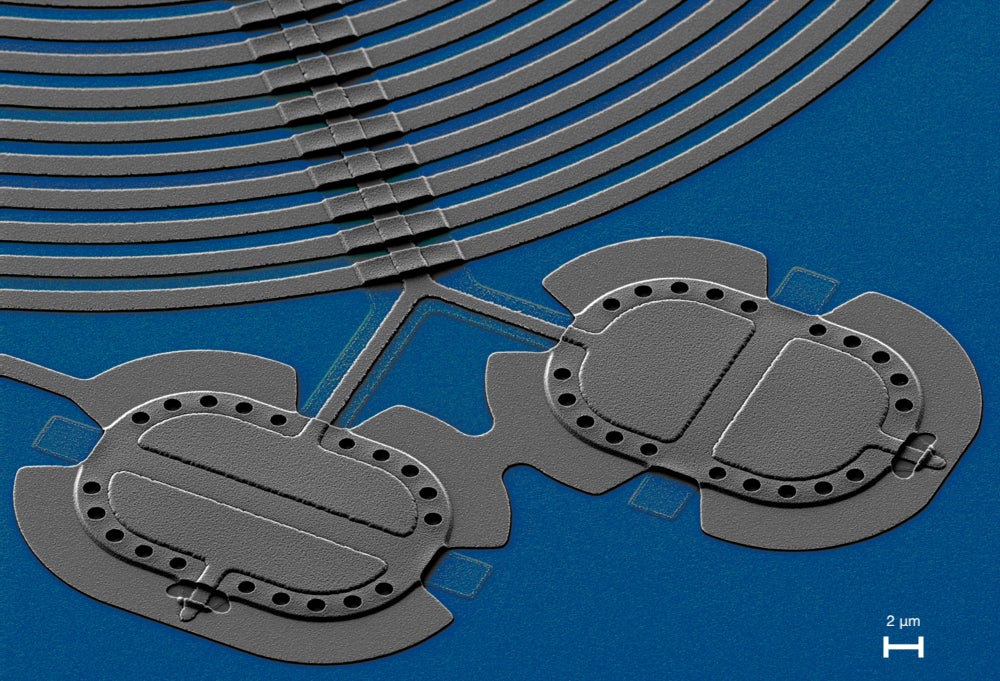 Alt text: Microscopic image of two aluminum drums used in the quantum entanglement experiment.
Alt text: Microscopic image of two aluminum drums used in the quantum entanglement experiment.
This “spooky action at a distance,” as Einstein called it, implies that entangled objects, even when separated by vast distances, remain interconnected. While previous experiments have demonstrated entanglement with photons and even between a drum and a cloud of atoms, Kotler’s work pushes the boundaries by entangling macroscopic objects comprising trillions of atoms.
The experiment was conducted at extremely low temperatures, just a hundredth of a degree above absolute zero, to minimize random vibrations that could disrupt the delicate synchronization. The drums were entangled by connecting them to a circuit that stores and transfers microwave radiation. This controlled exchange of microwaves establishes the quantum link between the drums.
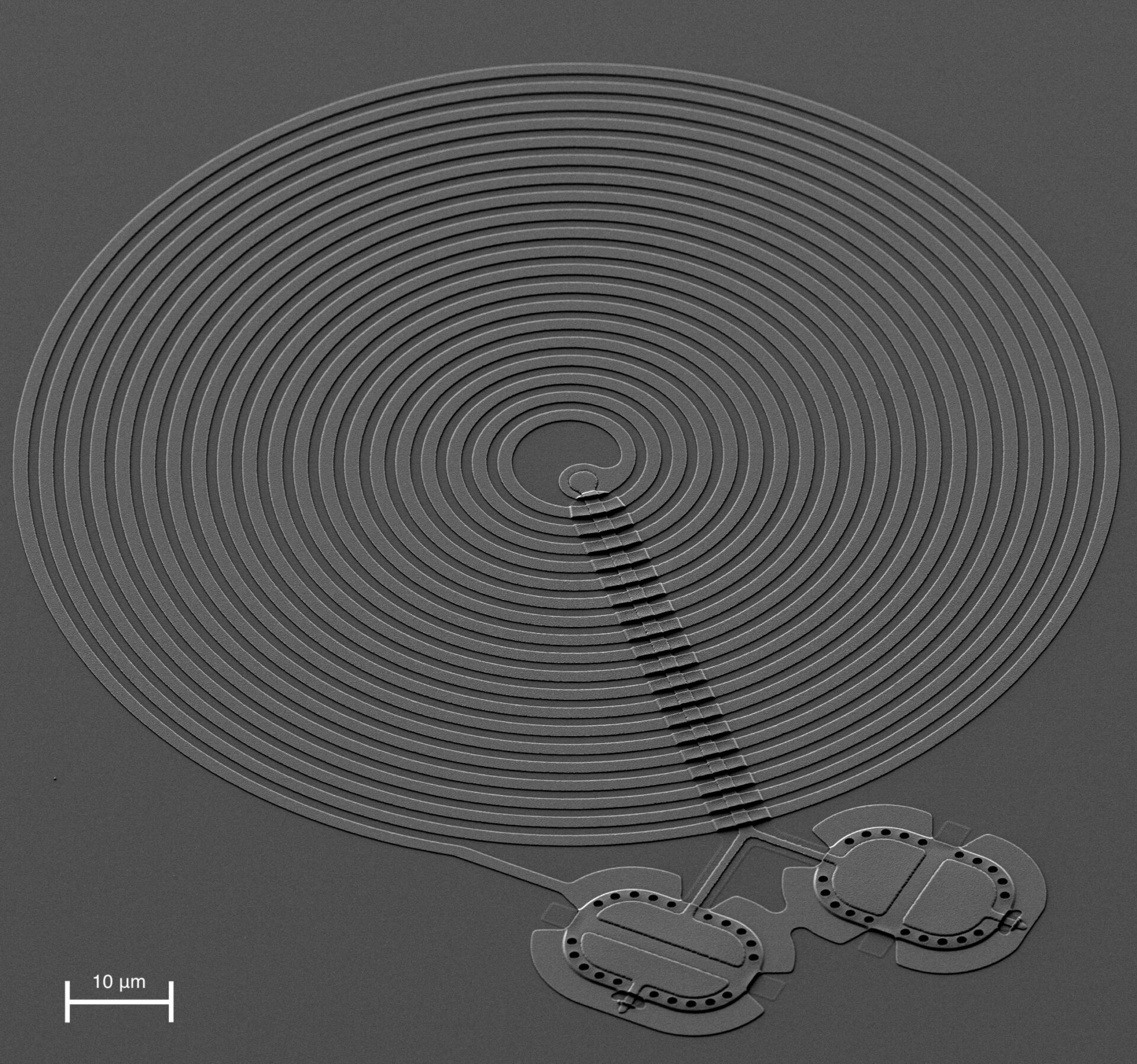 Alt text: Diagram illustrating the microwave setup used to induce vibrations in the entangled drums.
Alt text: Diagram illustrating the microwave setup used to induce vibrations in the entangled drums.
These entangled drums hold significant promise for quantum computing. They can potentially serve as qubits, the fundamental building blocks of quantum computers. Unlike classical bits representing 0 or 1, qubits can exist in a superposition, representing a probability of both states simultaneously. The drums’ vibrating surfaces embody this principle, existing in a probabilistic blend of compressed and bulging states. Entanglement further allows these drum-qubits to interact and perform computations.
Beyond individual qubits, the entangled drums could facilitate communication between different quantum computers, laying the groundwork for a future “quantum internet.” They could act as intermediaries, converting information encoded in microwaves from one superconducting quantum computer into vibrational states, and then back into microwaves for transmission to another.
Kotler’s achievement stands out due to its ability to produce entanglement on demand. While other researchers have entangled drums, this experiment offers a level of control and consistency not achieved before. The entanglement lasts for approximately 200 microseconds, which, while brief, is sufficient for manipulating the drums to perform computational operations.
This research demonstrates the synergistic relationship between fundamental quantum research and the development of quantum technologies. As scientists build more complex devices utilizing entanglement, our understanding of quantum mechanics deepens, pushing the boundaries of what’s possible in both realms. The next step, according to Kotler, is to implement more complex quantum protocols using these entangled drums, further exploring their potential in the burgeoning field of quantum computing.



